Honda CB750 Historical past
With Ian Falloon
Till the late Sixties bike with 4 cylinder engines had been unique and costly. Emphasising smoothness, luxurious and energy, for most individuals a 4 was solely a dream.
Gilera and MV Agusta fours dominated 500 cc Grand Prix racing by way of the Nineteen Fifties, and had been joined by Honda within the Sixties. However these had been unique racing machines, far faraway from the inexpensive British parallel twins that dominated the big capability bike market.
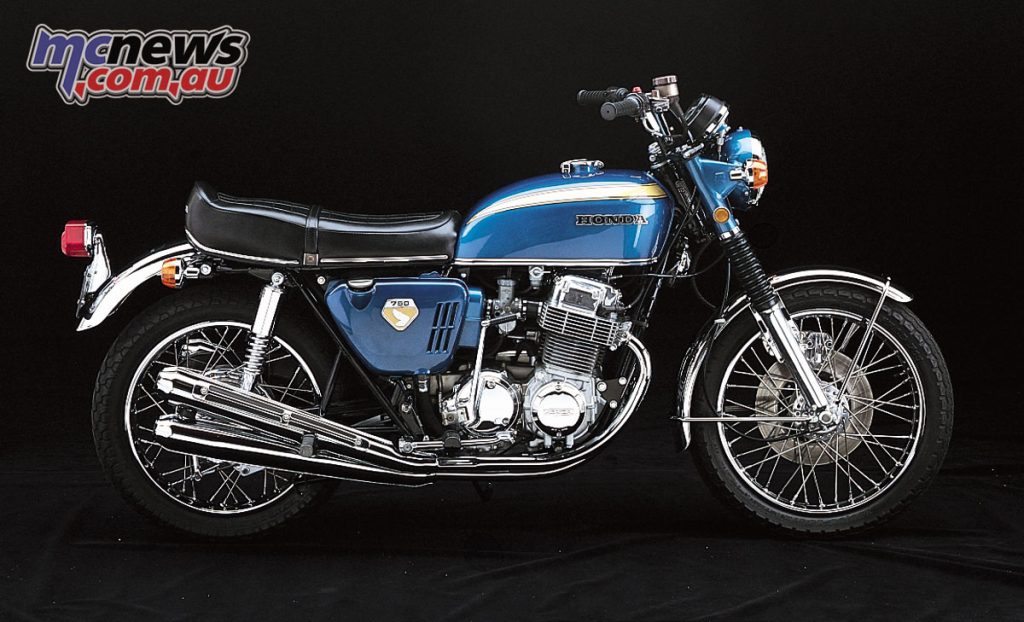
So far as manufacturing bikes went, by 1969 the Ariel sq. 4 was a distant reminiscence, and the Henderson fours of the early twentieth century much more so. The one different fours out there had been the vastly costly and unobtainable 600 cc MV Agusta and equally unique Munch Mammut.
After Honda launched the CB750 KO bike engineering instantly leapt ahead a technology. The CB750 supplied refinement and civility that was beforehand unprecedented and it instantly grew to become the usual towards which all others had been judged. Mass-produced in amount it additionally supplied technological superiority at an inexpensive value.
Traditionalists had been nervous that it was too advanced and could be unreliable however these views had been in poor health based. Honda had been efficiently racing extremely harassed multi-cylinder bikes for a few years and their avenue machines had already earned a repute for reliability. Till the CB750 the vertical twin dominated motorcycling, however this modified in a single day.
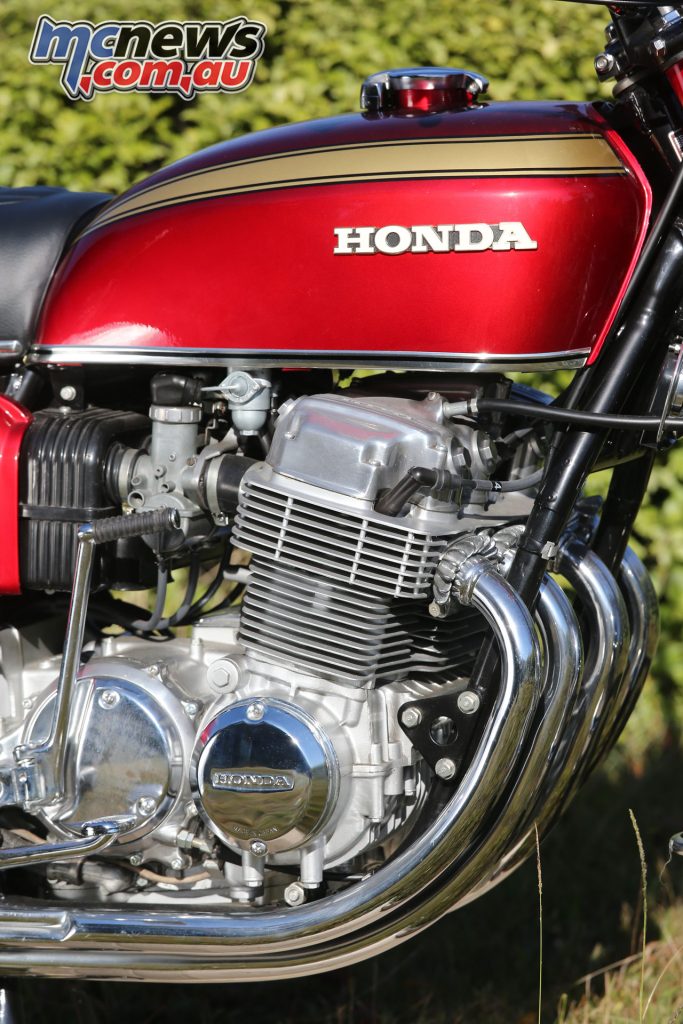
The beginnings of the CB750 went again to early 1968. Honda was about to withdraw from Grand Prix racing, and with their flagship CB450 struggling within the market Soichiro Honda had an thought to supply a “King of Bikes”. Hypothesis on the time anticipated the brand new engine to be based mostly on the prevailing twin-cylinder N360 automotive, however in February 1968 Bob Hansen from American Honda modified this.
Hansen (Staff supervisor of the CR450s at Daytona in 1967) talked about to Soichiro Honda that they need to develop a four-cylinder machine. Over the subsequent six months head of R&D, Yoshiro Harada, and stylist Einosuke Miyachi produced a prototype CB750. The primary public displaying was on the Tokyo Present in October 1968, and by June 1969 the primary examples had been out there within the US.
The earliest manufacturing fashions included various variations to later examples, however there have been some preliminary issues. Many of those had been fairly severe, and within the first yr Honda launched 100 pages of technical and bulletin updates. The newly shaped 4 House owners Membership in America even wrote to Congress and the Governor of California (then Ronald Reagan) complaining of the issues.
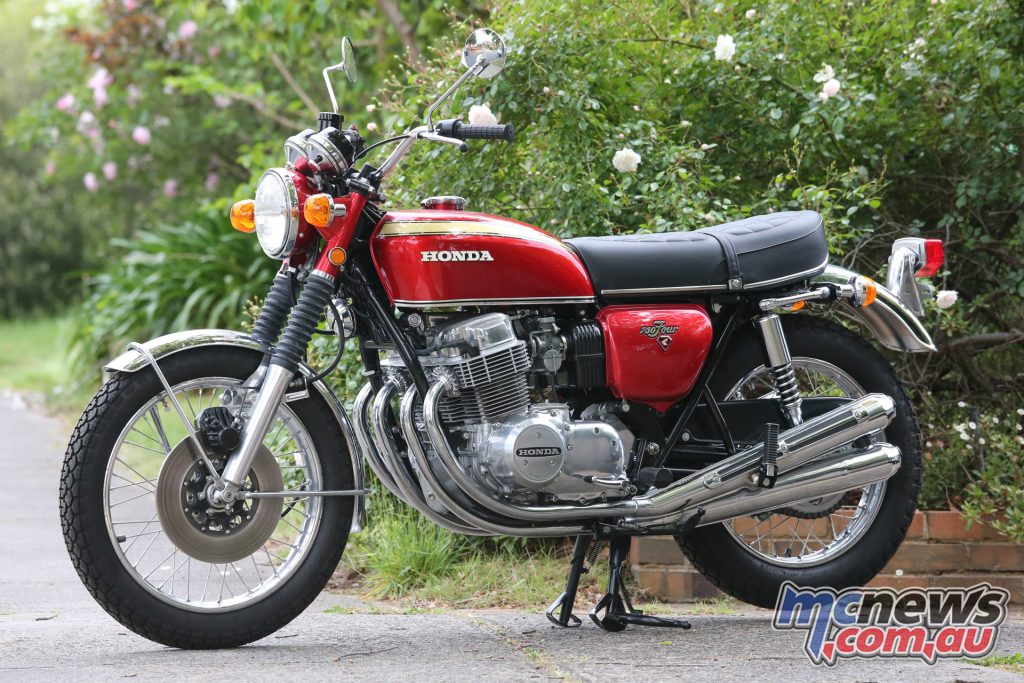
Till quantity 1007414 the engine circumstances had been roughly completed die-cast, which appeared sandcast. This was as a result of Honda didn’t anticipate demand to be so sturdy and weren’t geared for full-scale mass manufacturing. A lot of these early “sandcast” CB750s had been produced (53,399), and regardless of their issues have develop into essentially the most wanted of the style.
The CB750 four-cylinder engine integrated many departures from ordinary Honda practise. Undersquare dimensions (61 x 63 mm) had been chosen to minimise engine width, and the crankshaft was a cast on-piece sort with 5 plain primary bearings and comparatively small (36 mm) journals.
The first drive was by twin limitless chains pushed from the centre of the crank to a multiplate clutch and oblique five-speed gearbox. A single row chain drove the one overhead camshaft whereas the one-piece cylinder head featured two-valves per cylinder (32 mm consumption and 28 mm exhaust), set at a comparatively shallow included valve angle of 60 levels.
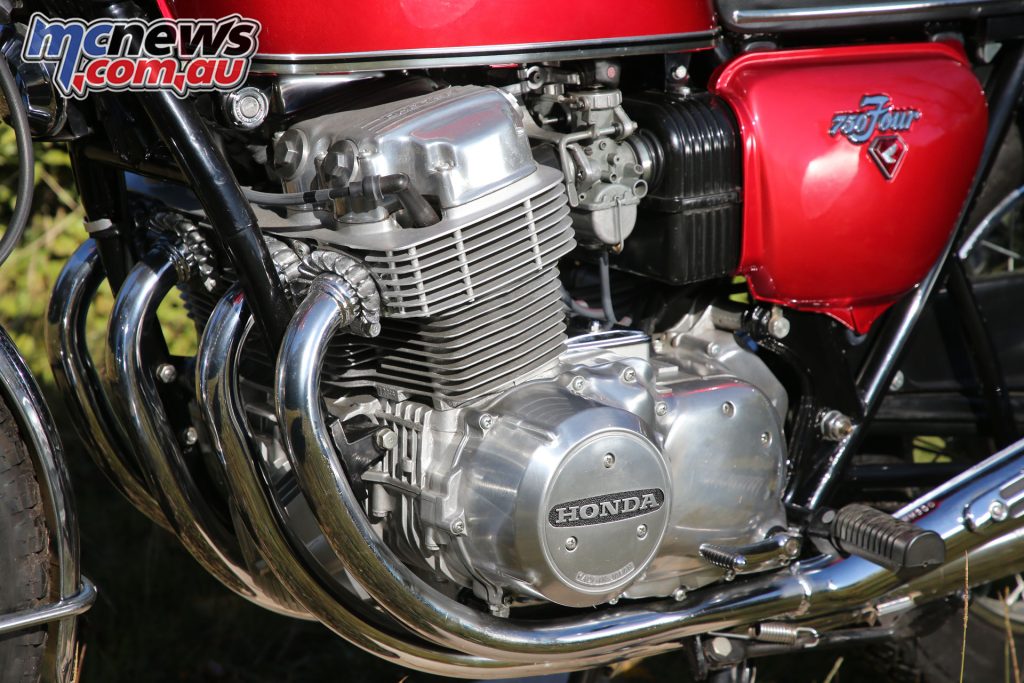
The 4 cast-alloy pistons supplied a compression ratio of 9:1, and carburetion was by 4 28 mm round-slide Keihin carburettors. A departure from Honda’s norm was dry sump lubrication with a frame-mounted oil tank. Ignition was by factors and coil, with two units of factors positioned on the correct finish of the crankshaft, whereas an automotive-style three-phase 210-watt alternator sat on the opposite finish.
The 12-volt electrical system included an electrical begin motor, making certain a brand new technology of riders was in a position to expertise 750 cc motorcycling. Not was there a pure collection of riders attributable to their capability to kick-start the bike, and {the electrical} system was so dependable that the CB750 might be ridden throughout the nation with out worry of failure.
The facility output of the 736 cc 4 was a reasonable 67 horsepower at 8,000 rpm, however this was nonetheless significantly greater than the 58 horsepower of the rival BSA and Triumph triples. It was additionally sufficient to supply a high pace within the area of 200 km/h, making it one of many quickest bikes available on the market. In comparison with the British competitors it additionally ran extra easily, stopped a lot better, and will speed up by way of a standing 400 metres in 13 seconds time after time with out destroying itself.
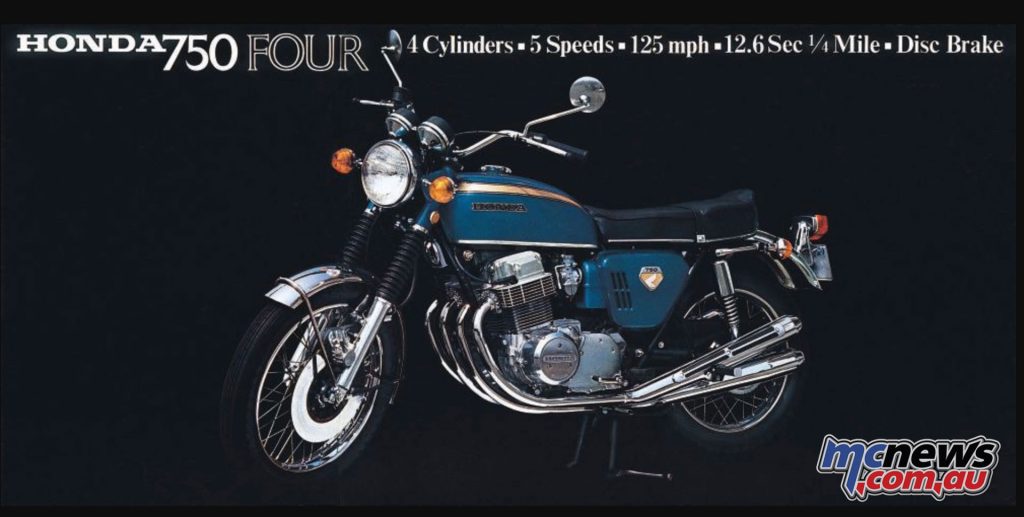
The heavy (78 kg) four-cylinder motor was the CB750’s focus, however as was ordinary of Japanese bikes of this era the chassis wasn’t as spectacular. The 218 kg dry weight and affordable energy taxed the double cradle delicate metal body and Showa suspension to the restrict.
The entrance fork featured alloy legs, and rubber gaiters, however the 35mm fork tubes had been weak, and the steering head bearings had been nonetheless a ball bearing sort. The swingarm was a two-piece welded stamping relatively than the same old tubular metal, and the rear shock absorbers could have been a de Carbon sort, however the one adjustment was a three-way spring pre-load.
Absolutely chrome-plated with higher spring covers they appeared lots higher than they functioned. The 19-inch entrance and 18-inch rear wire spoked wheels had been regular for big capability bikes of the interval, however the Japanese-made 3.25 x 19 and 4.00 x 18-inch Dunlop or Bridgestone tyres had been significantly arduous and slippery.
Probably the most attention-grabbing chassis element was undoubtedly the entrance brake, claimed to be the world’s first hydraulic disc brake on a manufacturing bike. Within the curiosity of sustaining a clear look, Honda fitted a 300mm stainless-steel entrance disc as a substitute of the superior, however rusting cast-iron sort.
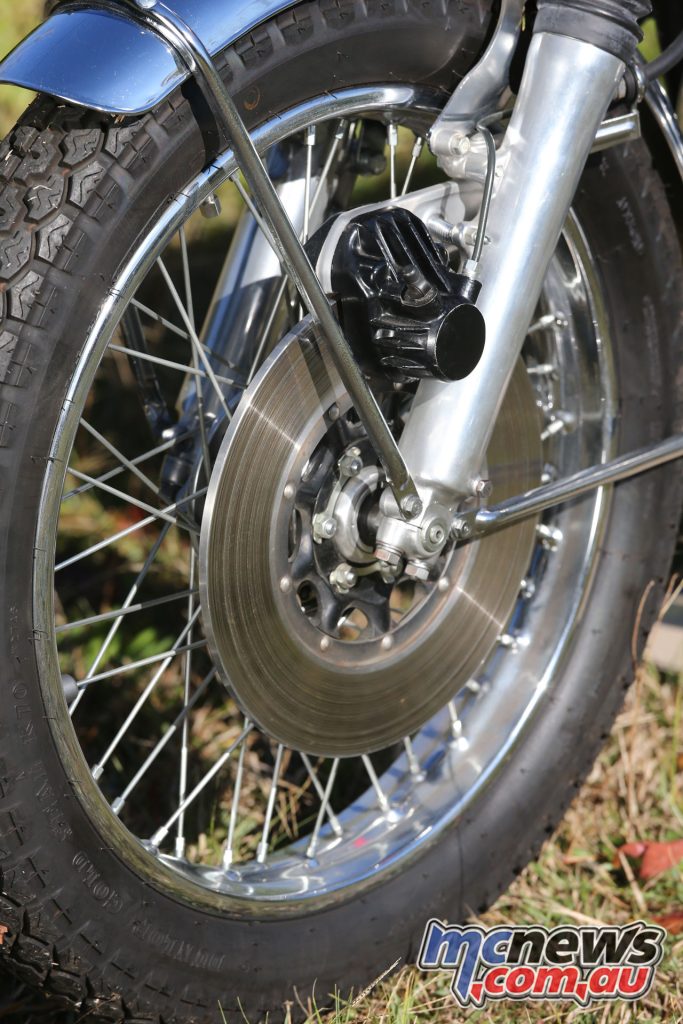
Additionally they put in a finned Tokico single floating piston caliper, this additionally inferior to the dual opposed piston sort favoured by racers. The underlying impression of the chassis specification was that perform was secondary to type, and on this respect the CB750 nonetheless left one thing to be desired.
The place the CB750 actually scored was in its appears to be like and end. From the distinctive 4 chrome-plated mufflers to the relatively brutish 16-litre gasoline tank, the CB750 was imposing, and one of many extra enticing Japanese choices of the interval. It could have been heavy, lengthy, excessive, and huge, however the CB750 was the proper bike for America the place razor sharp dealing with was thought of much less essential than reliability and cargo carrying capability.
In September 1970 the significantly revised CB750 K1 changed the CB750. Updates included a brand new seat, and black air cleaner field. Manufacturing elevated to 77,000 earlier than the CB750 K2 changed it in March 1972. It took a seasoned professional to inform the distinction between the CB750K1 and K2, however visually there have been chrome-plated headlight brackets and a brand new instrument panel with 4 warning lights, borrowed from the CB500. A quieter exhaust system was undoubtedly chargeable for a drop in efficiency, however Honda was on a roll, and manufacturing nonetheless totalled 63,500.
The 1973 CB750 K3 obtained a brand new gasoline tank stripes, and various engine modifications to scale back oil consumption and noise. The efficiency was additional diminished, however the suspension now included standard five-way adjustable rear shock absorbers. Aside from colors the 1974 CB750 K4 was just like the K3 however by now the Kawasaki 903 cc Z1 had usurped the CB750 because the supreme manufacturing roadster.
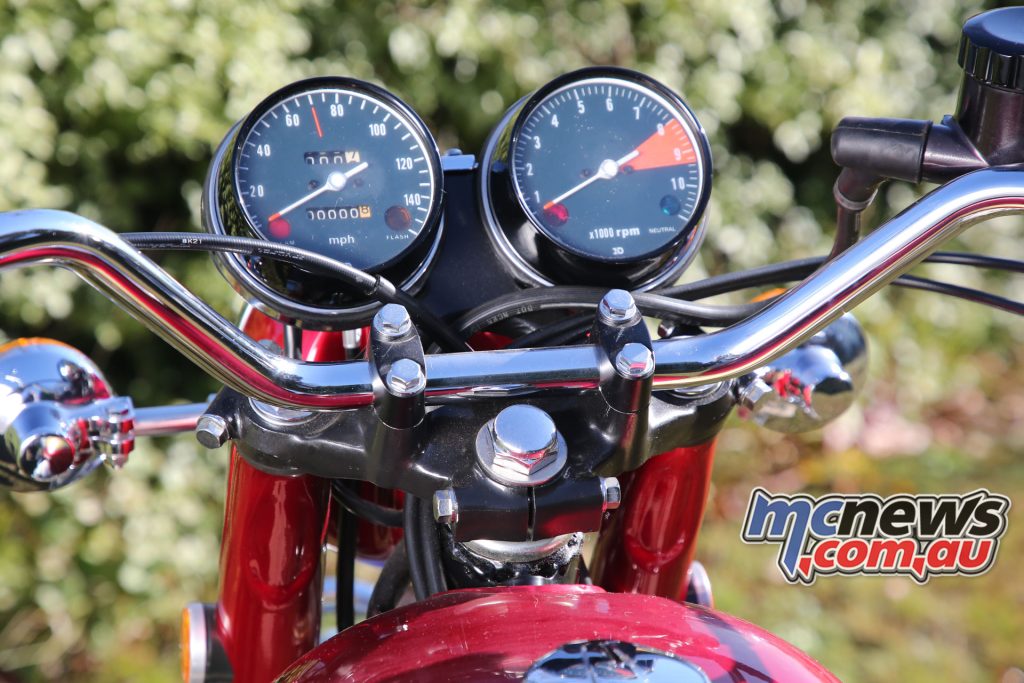
This nonetheless didn’t cease Honda promoting 60,000 CB750 K4s to develop into the highest promoting bike within the US in 1974. All alongside it obtained little updates, and whereas not the quickest Superbike, the myriad of refinements and a spotlight to element ensured its recognition. For 1975, the CB750 K5 was little modified, however was usurped by the GL1000 Gold Wing as Honda’s vary chief.
Whereas the CB750 didn’t introduce any engineering breakthroughs, it benefited from the modern manufacturing strategies developed by Honda through the Sixties. The primary CB750 was a robust, visceral and thrilling bike that progressively grew to become sanitised over its lifespan. As the facility was decreased, inside a couple of years the CB750 was now not the efficiency king.
By 1977, because the CB750K, it was solely a shadow of its former self. However again in 1969 the CB750 was essentially the most important bike to look in thirty years and is presumably crucial manufacturing bike of all time. So influential was the CB750 that the transverse-mounted in-line four-cylinder engine grew to become ubiquitous and dominating.
This yr, 2023, Honda will launch a CB750 powered by an all-new parallel twin.
Honda CB750 K1 Specs
| Honda CB750 K1 Specs | |
| Engine | Air-cooled, four-stroke, tranverse four-cylinder, SOHC, two-valves per cylinder, 736 cc |
| Bore x Stroke | 61 x 63 mm |
| Compression Ratio | 9.0:1 |
| Induction | 4 28 mm Keihin carburetors |
| Energy | 50 kW [67 hp] @ 8000 rpm |
| Torque | 60 Nm @ 7000 rpm |
| Clutch | Moist, multi-plate |
| Transmission | 5-speed, chain last drive |
| Body | Metal tubular duplex cradle |
| Entrance Suspension | Telescopic forks |
| Rear Suspension | Twin shocks, preload adjustment |
| Brakes | 296 mm entrance rotor, single-piston caliper, 179 mm rear drum brake |
| Tyres | 3.25 x 19 (F), 4.00 x 18 (R) |
| Wheelbase | 1453 mm |
| Seat Peak | 800 mm |
| Weight | 226 kg (moist) |
The post The Historical past of the Honda CB750 appeared first on lickscycles.com.
source https://lickscycles.com/the-historical-past-of-the-honda-cb750/?utm_source=rss&utm_medium=rss&utm_campaign=the-historical-past-of-the-honda-cb750
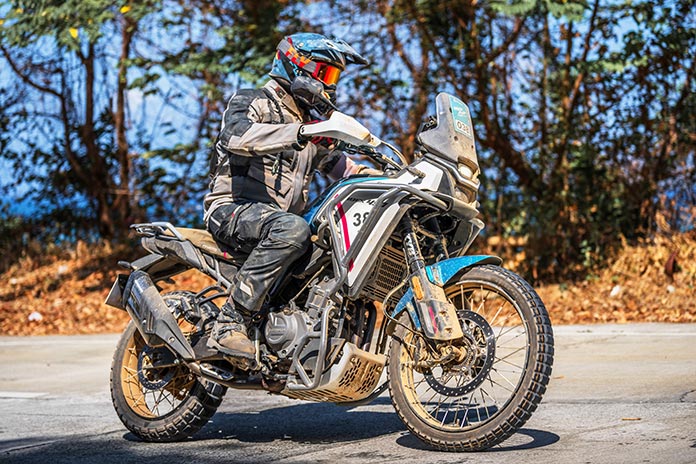
No comments:
Post a Comment